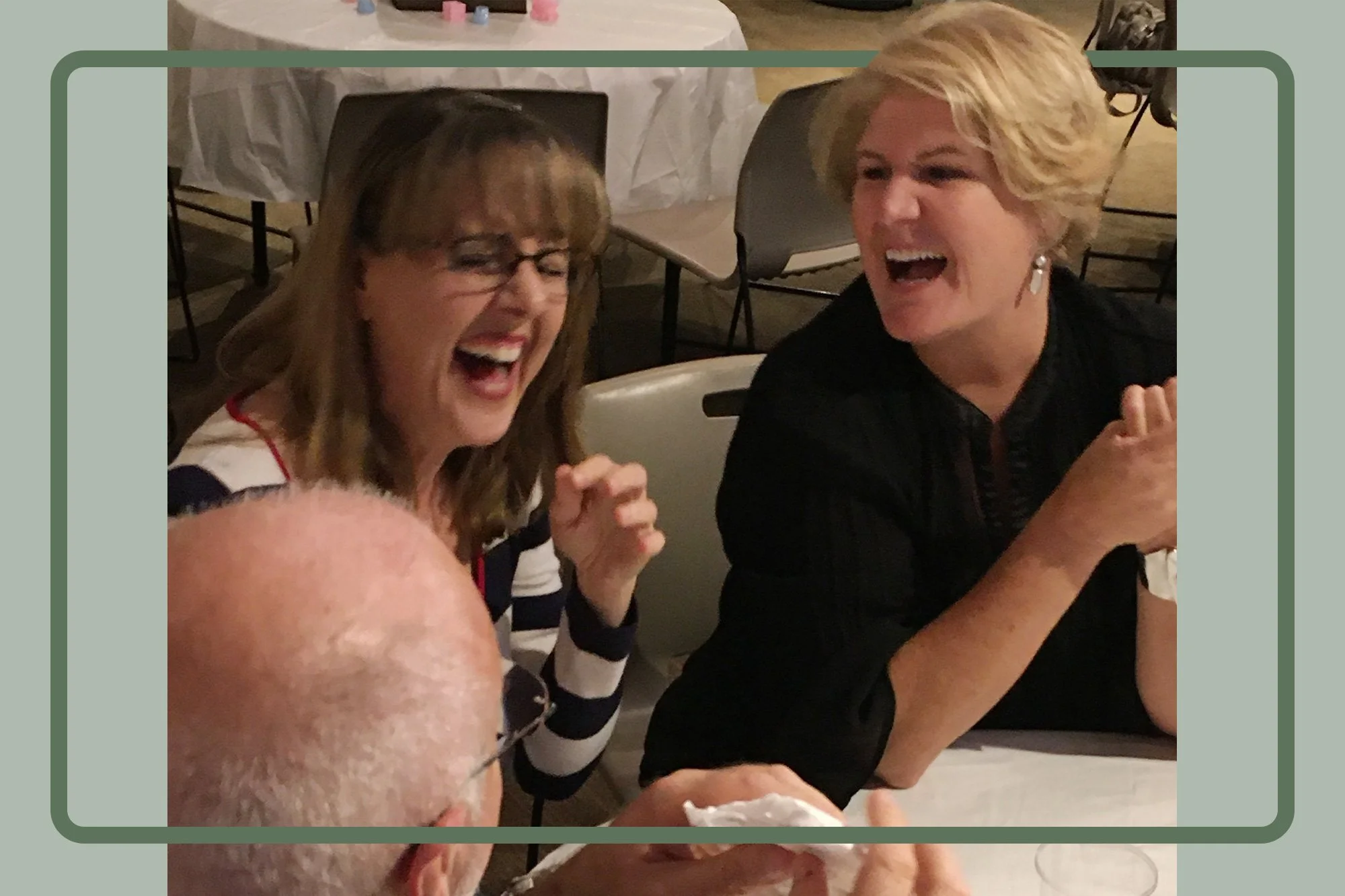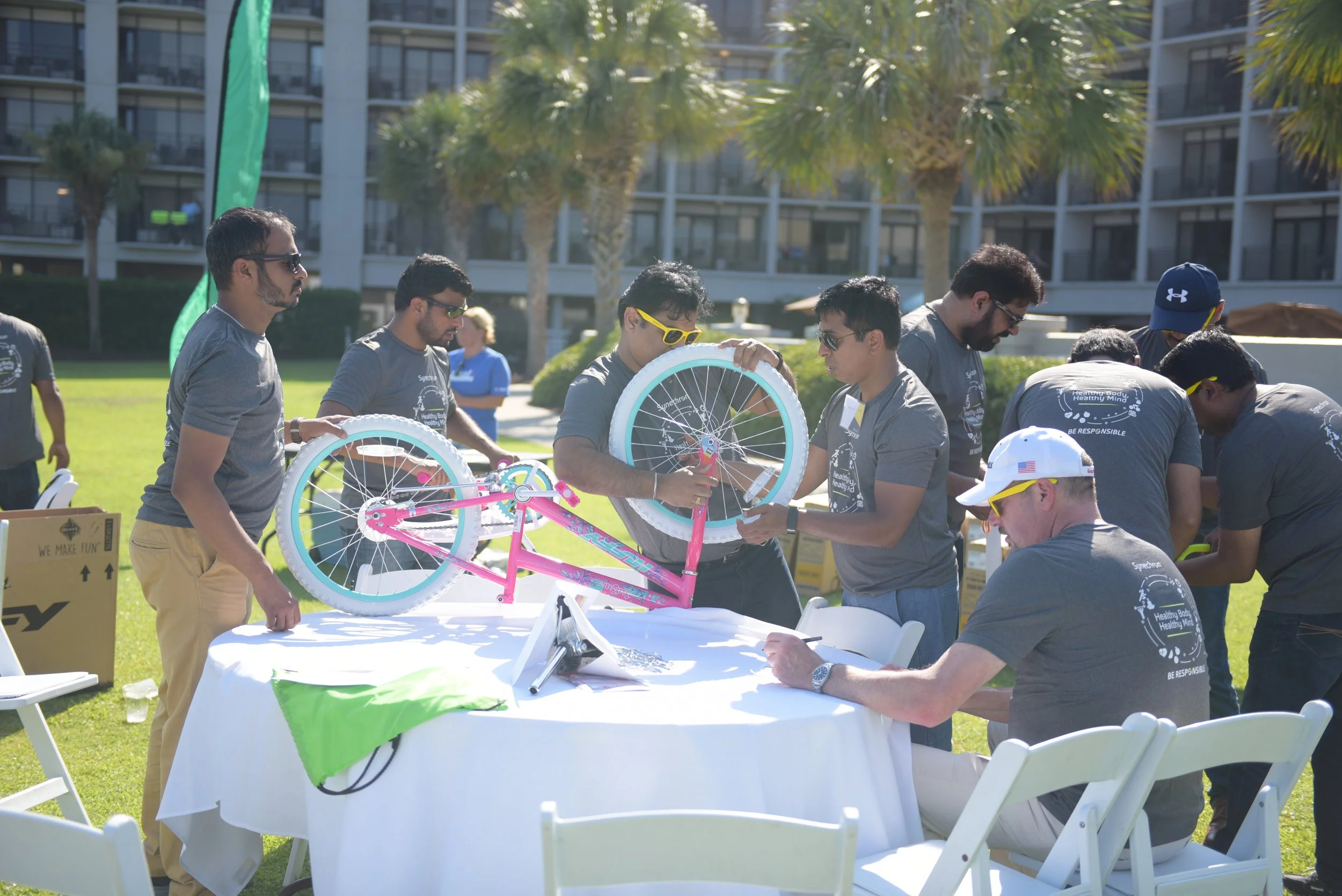
Team Building 101
According to Forbes magazine, “Team building is the most important investment you can make for your people. It builds trust, mitigates conflict, encourages communication, and increases collaboration. Effective team building means more engaged employees, which is good for company culture and boosting the bottom line. It can also be adventurous and enjoyable if you do it with a little pizzazz.”

Our 5-Second Quiz
Don’t verbalize it, but think of your favorite “bad” word.
Now think of other “bad” words your mother taught you not to use.
Were any of the words you just thought “team building”? We’re guessing (and hoping) your answer is “no.” That’s because, despite having a not-so-hot connotation to many, “team building” is not a bad word!
There’s more to team building than zip lining, trust falls, and slide show presentations.
Are you still feeling skeptical? Let’s chat so that we may prove you wrong!
Did you know:
97% of employees and executives believe lack of alignment within a team impacts the outcome of a project.
Another fun fact:
75% of employers rate team work and collaboration as “very important.”
*data from Queens University of Charlotte
3, 6, or 8 months after one of our experiences, we love hearing that . . .
someone who participated in one of our culinary experiences had a cocktail party to attend and needed to bring an appetizer. Remembering having participated in our culinary team building experience, s/he made the dish discovered then, and it was a huge hit!
or that . . .
at one of our team building experiences, “Joe,” from the New York office was on a team with “Sally,” from the Los Angeles office. Recently, Joe had a problem with a client and remembered Sally telling a story of how she handled the same problem, several months prior. Joe, who only knew Sally as a name and email address from the West coast office, prior to our team building experience, picked up the phone, called her, and asked her to refresh his memory of how she handled the situation. She did. He acted accordingly, and it was easily solved . . . all due to them meeting and “bonding” at our program.








